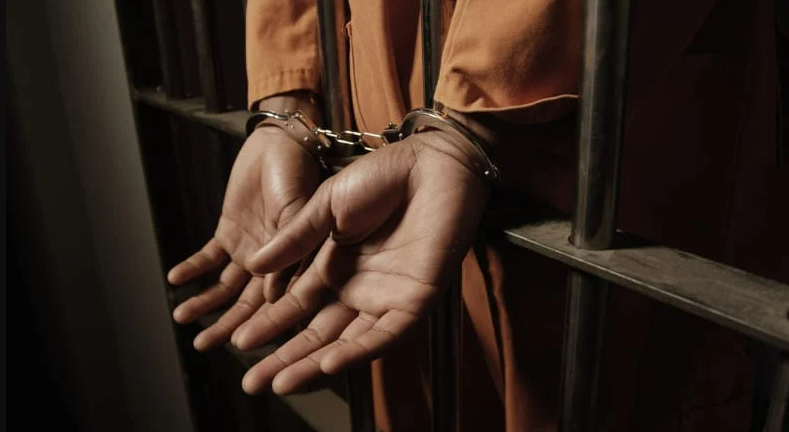Why Are So Many People Dying in U.S. Correctional Facilities?
Cruel, inhuman, and degrading conditions of confinement deserve accountability.

Recently released footage of a man with schizophrenia in an Indiana jail showed him locked in a padded solitary confinement cell the size of a parking space, with no toilet. Jail staff stripped him nude and left him for three weeks. As he visibly suffered, instead of offering him mental health care, the jail left him isolated in this cell, where he died from starvation due to their neglect three weeks later.
In that same Indiana jail, medical staff ignored a woman who was vomiting blood and begging for help. She died in her cell.
A destitute man who could not pay $100 in pretrial bail to get out of an Arkansas jail starved to death after jail staff neglected to provide adequate health care for a year.
A 35-year-old mentally ill man was found dead in his filthy cell in the mental health wing of an Atlanta jail, his body infested and crawling with insects and bed bugs. Records show that the guards and mental health staff noted that he was declining for three months but did nothing to help him.
We all deserve to be safe. People incarcerated in our nation’s jails, prisons and detention centers are no exception. We must do better to protect the rights and dignity of all of our community members.
In one year from 2020-2021, the US Department of Justice failed to identify at least 990 deaths in jails and prisons, and 70% of the data collected was incomplete. Without this information, here is no transparency into what goes on in these facilities, especially when 17 states have no formal legal standards or oversight bodies for local jails. The lack of transparency stymies the ability to identify the root causes of deaths.
Mass incarceration is not inevitable. For almost two years, the United States undertook a national experiment of release and decarceration. In the first months of the COVID-19 pandemic, the number of people locked up in jails decreased greatly because police arrested fewer people, courts reduced bail amounts and jails released people early to reduce populations. Overall, crime rates were unchanged or decreased when we released people from jails — despite fearmongering to the contrary.
But since early 2022, conditions in most jails across the country deteriorate as evidenced by the examples provided above, and reports of deaths are going up. COVID-19 only accounts for some of the rising toll, as suicides, overdose deaths, and preventable deaths due to medical and mental health neglect are also rising.
The greater and more urgent change we must make is to give up our dependence on punishment, torture, and death, and instead commit to a future where everyone has freedom and dignity. We need policy interventions earlier in the criminal legal process, so people are not criminalized and incarcerated because of their poverty, their disabilities or their race, and this includes supporting all efforts aimed at reducing mass incarceration and sentencing reform.










